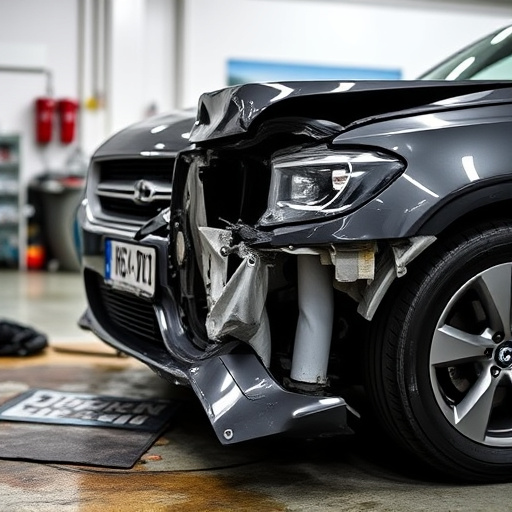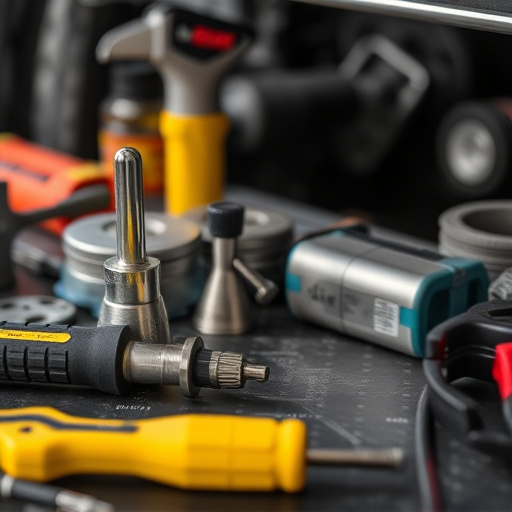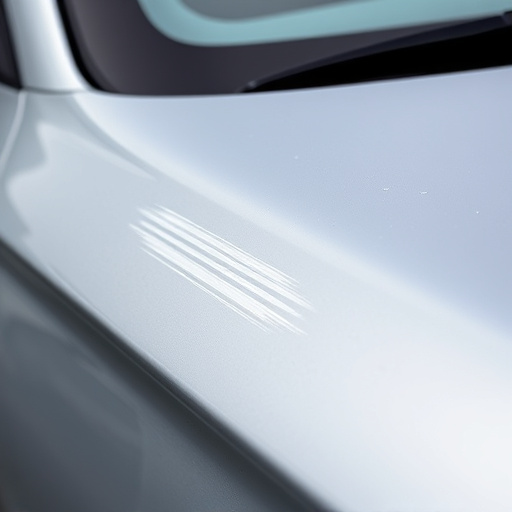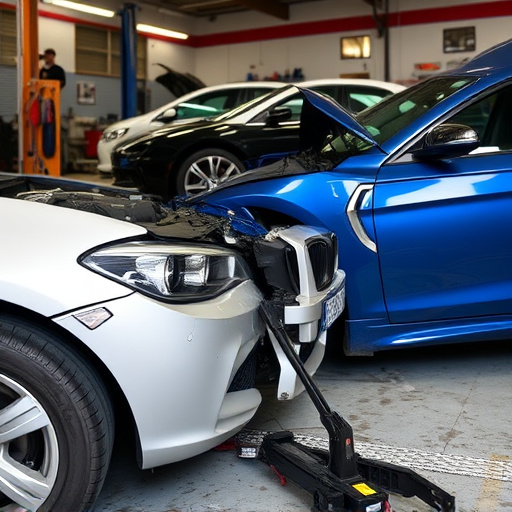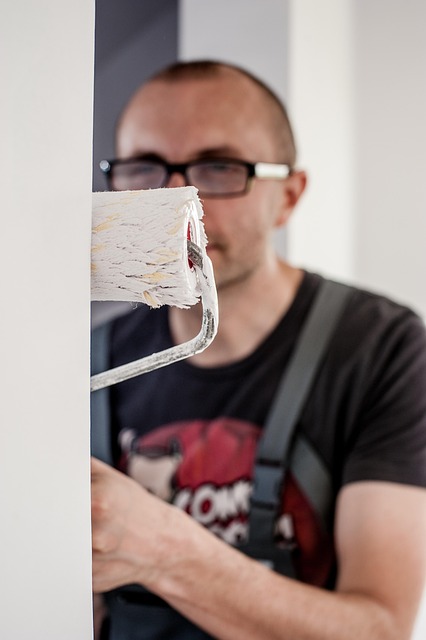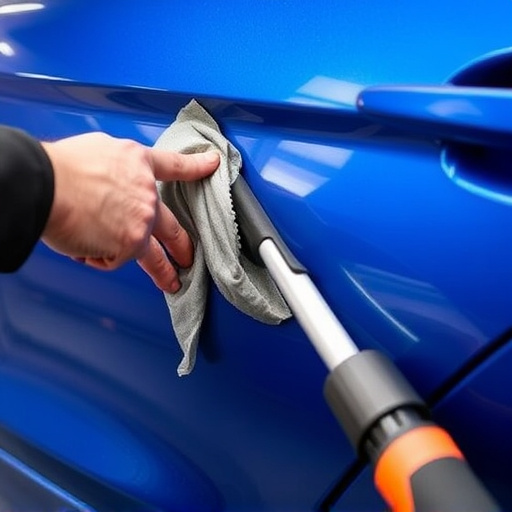Mercedes Comfort Access delays stem from communication issues between key fobs, modules, or battery signals. Diagnosis requires professional tools and software. Common fixes include resolving faulty wiring, updating software, addressing corrosion, recalibrating security systems, and maintaining batteries and door contacts. Regular maintenance, cleaning, and debris removal further prevent locking delays in Mercedes Comfort Access systems.
Experiencing delays with your Mercedes Comfort Access locking system? You’re not alone. These inconveniences can range from minor frustrations to safety concerns. This comprehensive guide delves into the root causes of common Comfort Access delays, provides a step-by-step diagnosis and repair process for your vehicle’s security system, and offers preventative measures to avoid future issues. Discover expert tips tailored to Mercedes comfort access repair, ensuring a seamless and secure driving experience.
- Understanding Mercedes Comfort Access Delays: Common Causes and Diagnosing the Issue
- Repairing and Adjusting Your Vehicle's Security System: Step-by-Step Guide
- Preventive Measures: Tips for Avoiding Future Comfort Access Locking Delays
Understanding Mercedes Comfort Access Delays: Common Causes and Diagnosing the Issue

Mercedes Comfort Access delays can be frustrating for owners, but understanding the common causes can help in both diagnosing and fixing the issue. These delays are often related to the complex integration of the vehicle’s security system, key fob, and internal computer network. One frequent cause is a faulty communication link between the Comfort Access module and the vehicle’s central locking system, which may be due to interference or damage to the wiring.
Another common culprit could be an outdated or corrupted software version within the Comfort Access module itself. Over time, these modules can require updates similar to how smartphones need app updates. Moreover, issues with the key fob, such as a weak battery or signal obstruction, can also lead to delays or even complete failure of the system. Diagnosing the problem accurately involves utilizing specialized diagnostic tools and software designed for Mercedes vehicles in an auto body shop service setting, ensuring a precise identification of the root cause.
Repairing and Adjusting Your Vehicle's Security System: Step-by-Step Guide
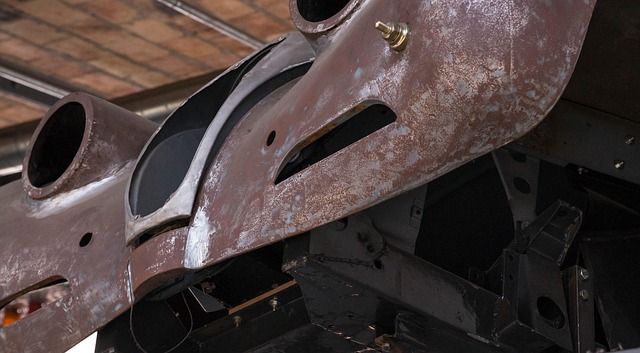
When it comes to repairing and adjusting your vehicle’s security system, especially for Mercedes models with Comfort Access features, a systematic approach is key. Start by identifying the root cause of the locking or unlocking delay. This could be due to issues with the key fob, door locks, or the control module. One common issue is a misaligned or damaged immobilizer, which can often be rectified through frame straightening techniques. If the problem persists, check for any loose connections within the system; these can be easily fixed by tightening or replacing faulty wires.
Next, consider the state of your vehicle’s paint job, as corrosion on electrical components can cause communication problems between the fob and the car. This is particularly relevant in older models or vehicles that have undergone previous repairs. A thorough inspection might reveal the need for auto painting to protect exposed metalwork. Once any structural or cosmetic issues are addressed, recalibrate the security system using specialized tools. This ensures seamless interaction between your Mercedes’ comfort access system and its locking mechanisms, eliminating delays and enhancing overall security.
Preventive Measures: Tips for Avoiding Future Comfort Access Locking Delays

To prevent future Mercedes comfort access locking delays, regular maintenance is key. Start by ensuring your vehicle’s battery is in top condition, as a weak battery can cause system malfunctions. Regularly inspect and clean the metal contacts within the door handle to promote reliable signal transmission. Additionally, keep your car’s internal computer updated with the latest software patches from authorized dealers or auto repair shops, as updates often include bug fixes and performance enhancements.
Another crucial preventive measure is staying vigilant about debris accumulation around the RFID transmitter. Remove any dirt, dust, or debris that might interfere with the signal, ensuring a clear line of communication between your key fob and the vehicle’s locking system. Moreover, consider using protective covers for your keys to shield them from extreme temperatures and physical damage, thereby prolonging their functionality. Remember, these simple steps can significantly reduce the likelihood of comfort access locking delays, keeping you on the road smoothly.
When it comes to addressing Mercedes Comfort Access locking and unlocking delays, understanding common causes and taking preventive measures can save you time and frustration. If repairs are necessary, our step-by-step guide ensures a systematic approach to fixing your vehicle’s security system. By following these strategies, you’ll not only resolve current issues but also reduce the likelihood of future delays, enhancing your overall driving experience with a reliable and secure Mercedes Comfort Access system.

